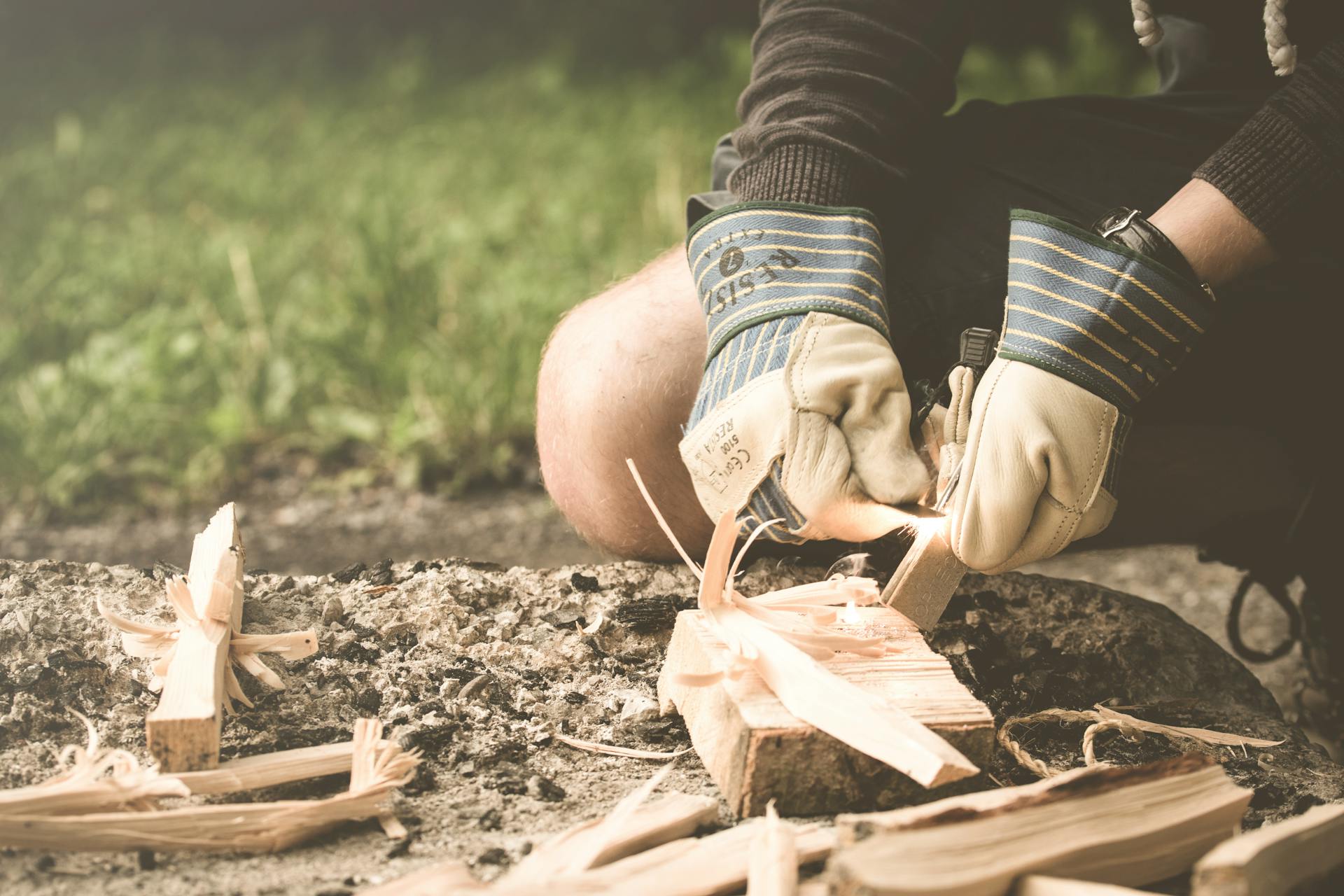Venturing into the wilderness demands a unique set of skills and knowledge. For the modern patriot, understanding essential survival techniques can make the difference between life and death in remote and challenging environments. Here’s an in-depth look at the crucial skills you need to master.
1. Building a Shelter
A shelter protects you from the elements and provides a safe space to rest. When selecting a location for your shelter:
- Choose a spot that is dry, elevated, and free of natural hazards.
- Use available materials like branches, leaves, and rocks to construct a sturdy structure.
- Ensure the shelter is insulated to retain body heat and protect against wind and rain.
2. Starting a Fire
Fire is crucial for warmth, cooking, and signaling for help. To start a fire:
- Gather dry tinder, kindling, and fuel. Look for materials like dry leaves, twigs, and larger branches.
- Use a firestarter, such as matches, a lighter, or a ferro rod.
- Build a fire structure, like a teepee or log cabin, to ensure proper airflow.
- Ignite the tinder and carefully add kindling until the fire is established.
3. Finding and Purifying Water
Access to clean water is essential for survival. Follow these steps to find and purify water:
- Look for natural water sources like rivers, streams, and lakes.
- Collect rainwater or dew using containers or clothing.
- Purify the water using methods such as boiling, filtration, or chemical tablets to remove harmful pathogens.
4. Navigating Without a Map
Being able to find your way is crucial. Here are some techniques to navigate without a map:
- Use the sun and stars to determine direction. The sun rises in the east and sets in the west, while the North Star can guide you at night.
- Look for natural landmarks and create mental maps of your surroundings.
- Use a compass or improvised tools like a stick and shadow to find cardinal directions.
5. Identifying Edible Plants and Insects
Foraging for food requires knowledge of safe and nutritious options. Key points include:
- Learn to identify common edible plants in your region. Avoid plants with milky sap, white berries, or a bitter taste, as these can be toxic.
- Insects like ants, grasshoppers, and beetles are protein-rich options. Avoid brightly colored or hairy insects, which are often poisonous.
6. First Aid and Injury Management
Injuries are common in the wild. Essential first aid skills include:
- Learning to treat wounds, burns, and fractures with improvised materials.
- Knowing how to perform CPR and treat hypothermia or heat stroke.
- Carrying a basic first aid kit with bandages, antiseptics, and pain relievers.
7. Signaling for Help
If you’re lost or in need of rescue, signaling techniques are vital:
- Create large, visible signals using rocks, branches, or clothing.
- Use a whistle, mirror, or flashlight to attract attention.
- Build three fires in a triangular pattern, the international distress signal.
8. Mental Preparedness and Adaptability
Surviving in the wilderness is as much a mental challenge as a physical one. Key aspects include:
- Staying calm and focused in stressful situations.
- Being adaptable and resourceful, using what you have to meet your needs.
- Maintaining a positive attitude and determination to overcome obstacles.
Conclusion
Mastering these wilderness survival skills is essential for any patriot looking to thrive in the great outdoors. By understanding how to build a shelter, start a fire, find water, navigate, forage for food, provide first aid, signal for help, and stay mentally strong, you equip yourself with the tools needed to face the challenges of the wild. Whether you’re preparing for an adventure or honing your survival instincts, these skills will serve you well in any situation.
Happy exploring, and stay safe out there!


Leave a Reply